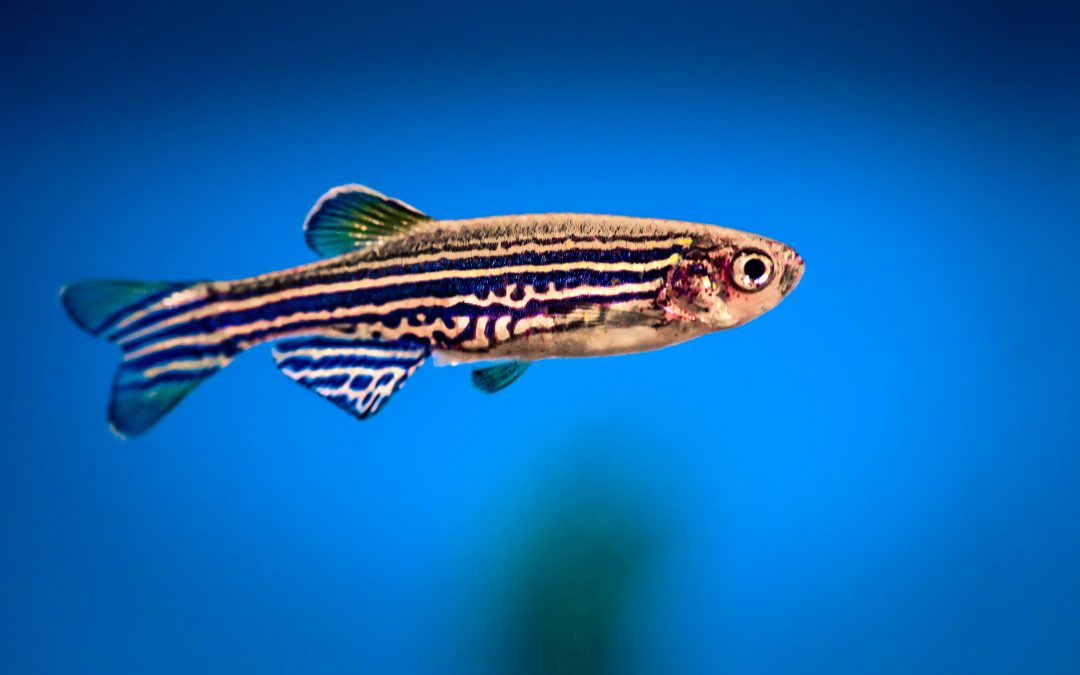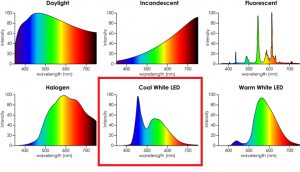Zebrafish (Danio rerio) are small freshwater fish that are commonly used in scientific research. They are considered to be a vertebrate “model organism,” with several characteristics that are desirable in a research environment. First, the eggs and embryos are clear and develop outside of the mother’s body, which means that each stage of development, including development of critical internal organs like the brain, heart, and liver, can be observed under a microscope without harming the fish. That type of dynamic observation isn’t possible with other animal subjects, such as mice. In addition to being able to observe the internal development, it is possible to trace the progress of specific cells in the embryo to determine which end up becoming muscles, eyes, blood vessels, etc. in the complete organism. This is very useful when studying things like genetic mutations and their impacts on development.
Other desirable traits of the zebrafish include their small size, making them easy to study in large numbers. Also, the combination of fast growth (embryos can develop from a single cell to something that resembles a small fish in about 24 hours) and the fact that they produce large amounts of eggs makes tracking genetic factors through generations easier. Additionally, they have a fully-sequenced genome, and approximately 70% of our genes have a zebrafish counterpart, making them ideal for genetic research and analysis.
In a recent study, researchers tested the survival and growth potential of zebrafish embryos raised under different lighting conditions. The experiment was set up to simulate a fairly normal day-night cycle, with the lights on for twelve hours a day and off for twelve hours a day. The experimenters used colored LED lights to apply violet, blue, green, yellow, and red light to the developing fish. White light was also used as the control group in the study. The fish were raised in these lighting conditions from 2 hours post-fertilization to 30 days post-hatching. The results of the study showed that, of the colored lights tested, light in the blue spectrum was best suited to the raising of zebrafish, being comparable to or better than the control in most measurements (length, weight survival rate, etc.).
Our refrigerated incubators are well suited for zebrafish research. For the lighting in our chambers, we use cool white (4100K color) LED lights. Coincidentally, the light from these LEDs is most intense in the blue spectrum (as you can see in the adjacent graph) that is favorable for zebrafish rearing.
For more information on our refrigerated incubators, see the information on our website or contact us to request a catalog.


